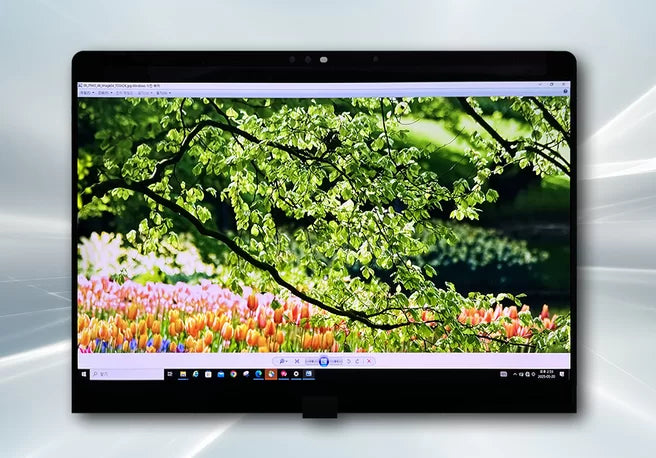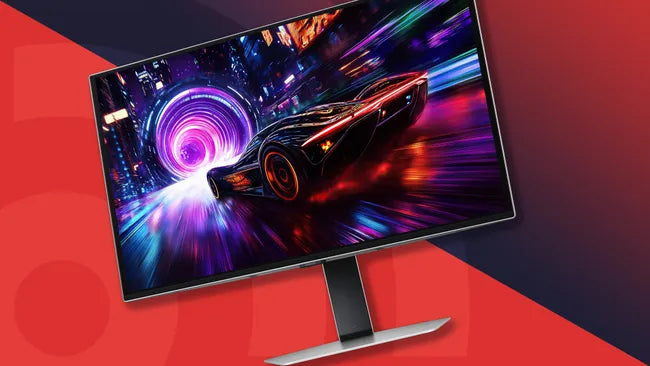
Best IPS displays excel with 27-inch 2560x1440 resolution for sharp, detailed visuals, ΔE≤2 color accuracy (near-flawless for design work), and 144Hz refresh rate ensuring buttery-smooth motion. Re...
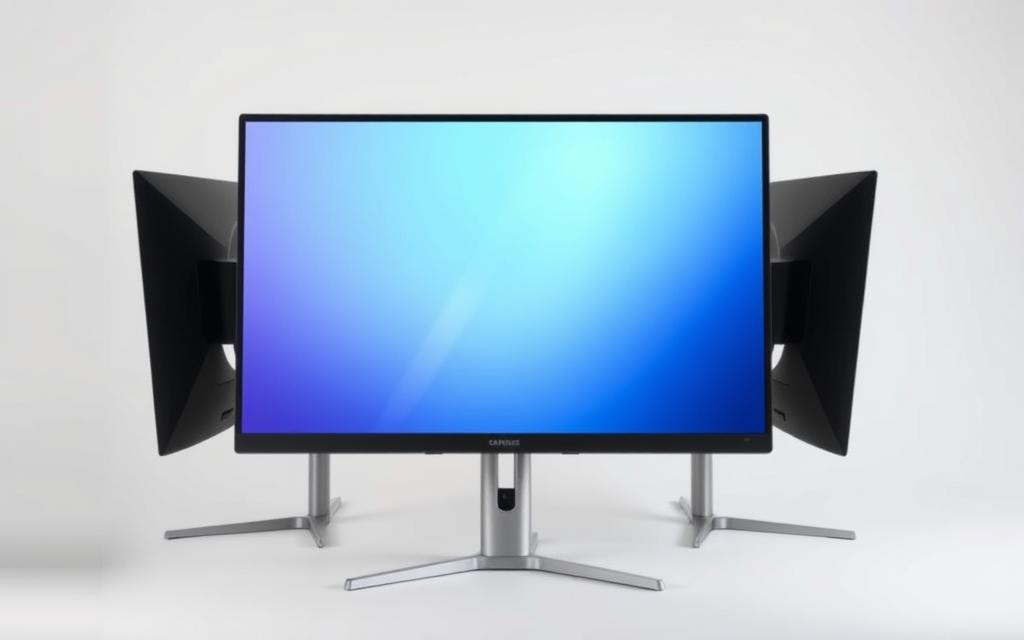
An IPS (In-Plane Switching) display uses horizontally aligned liquid crystals to deliver 178-degree wide viewing angles with minimal color distortion, outperforming TN panels’ ~160-degree range; it...
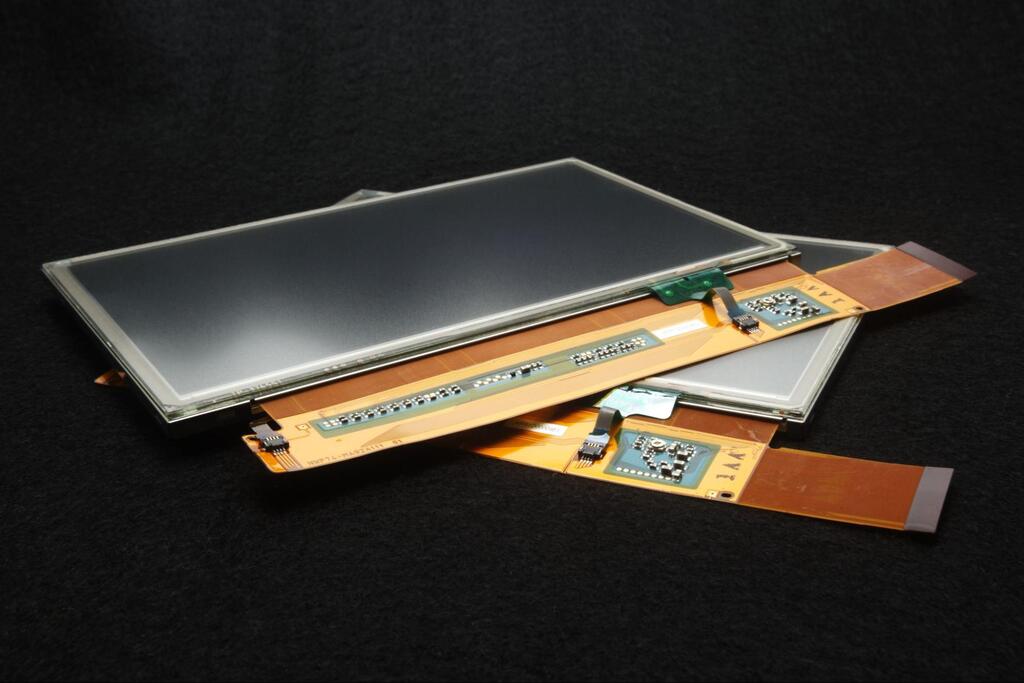
This IPS Display Guide covers types (standard, Nano IPS), pros like 178-degree viewing angles and ΔE<2 color accuracy, and use cases: favored by designers for precise hues, photographers for tru...
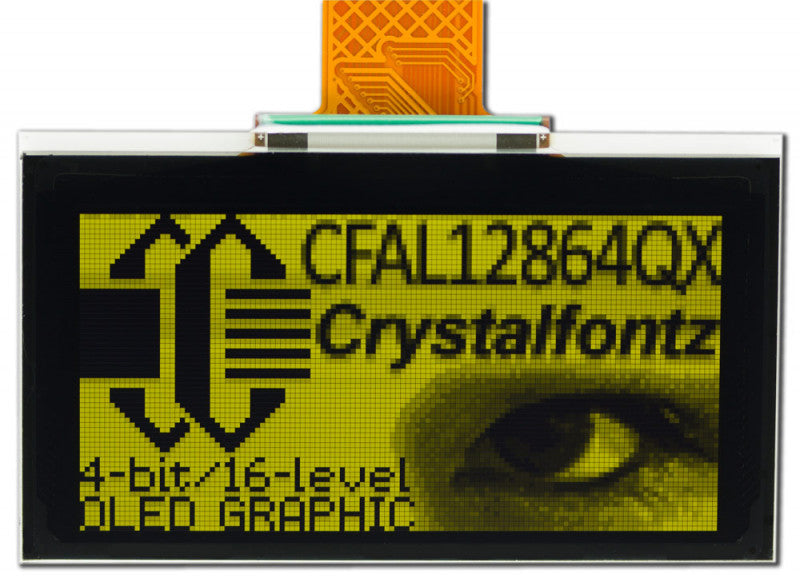
PMOLED and AMOLED are OLED display variants differing in driving technology: PMOLED uses a passive matrix, offering low cost but limited to small applications like wearables with refresh rates arou...
PMOLED, short for Passive Matrix OLED, is a display tech using simple row-column electrode grids to light pixels sequentially, perfect for small screens like smartwatch faces; two standard polymer ...
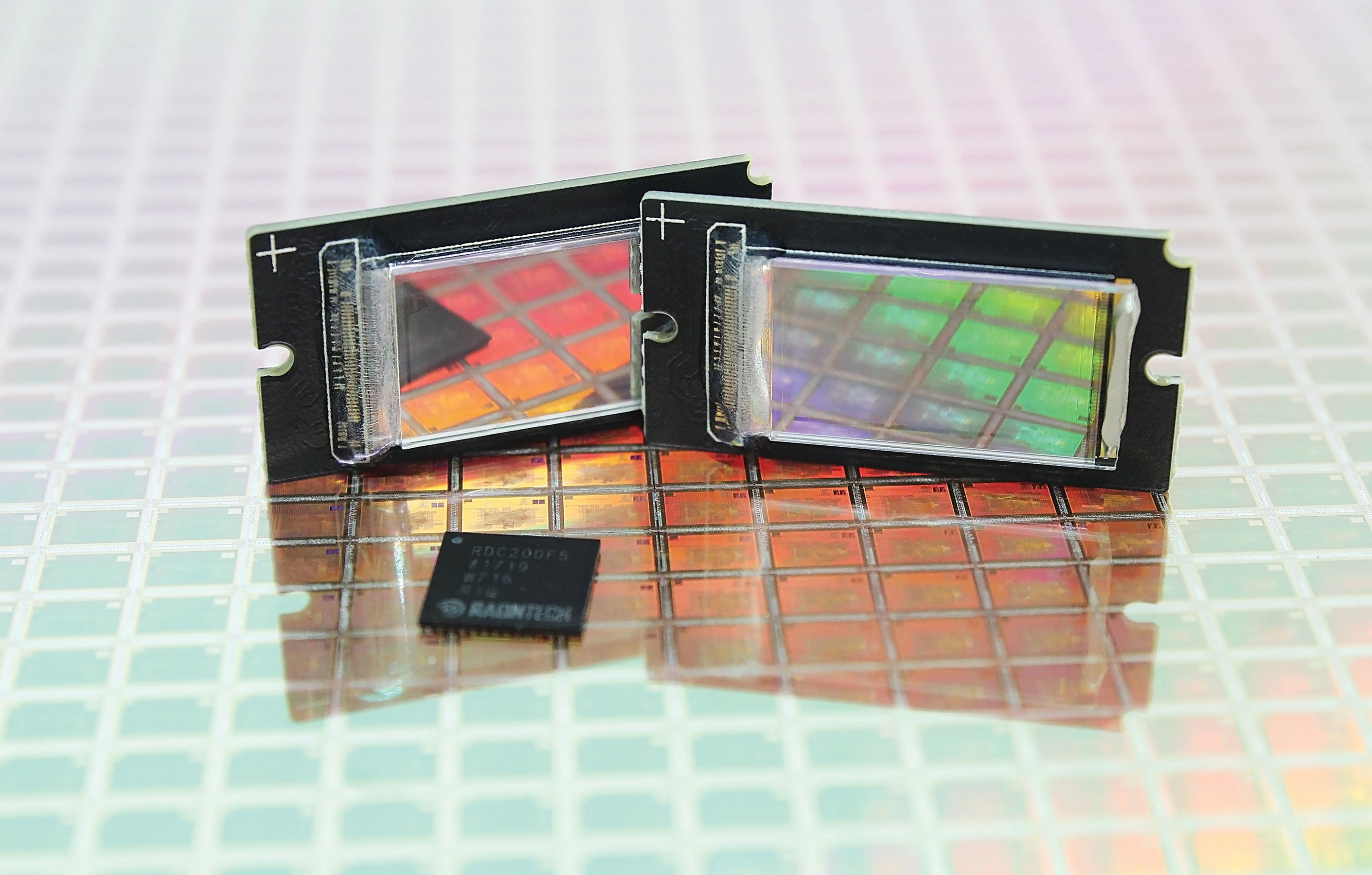
Micro OLED elevates AR/VR with over 3000 PPI to slash screen-door effect, under 10ms latency curbing motion sickness, and AMOLED architecture—boasting self-emissive pixels with 1,000,000:1 contrast...
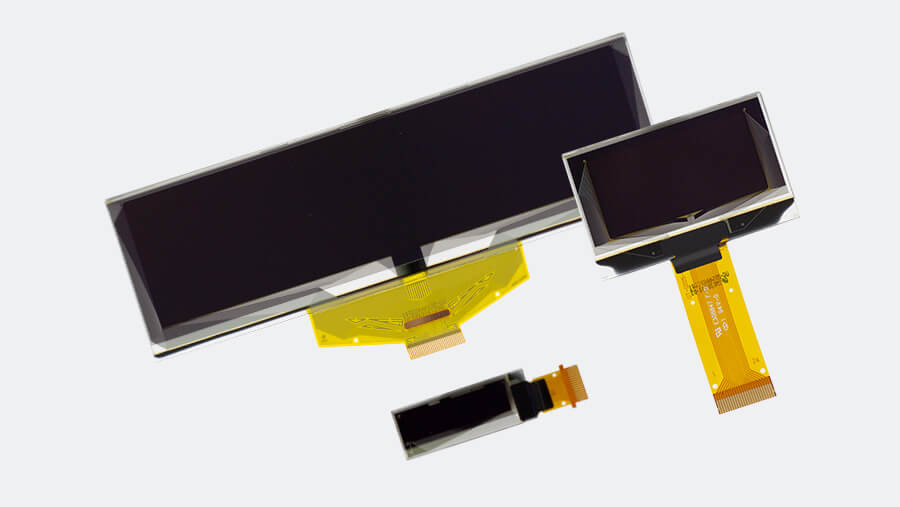
Micro OLED Display, or OLED-on-Silicon, merges organic LEDs with silicon backplanes, boasting ~5000 PPI pixel density for ultra-sharp output; its structure uses RGB sub-pixels driven by silicon TFT...
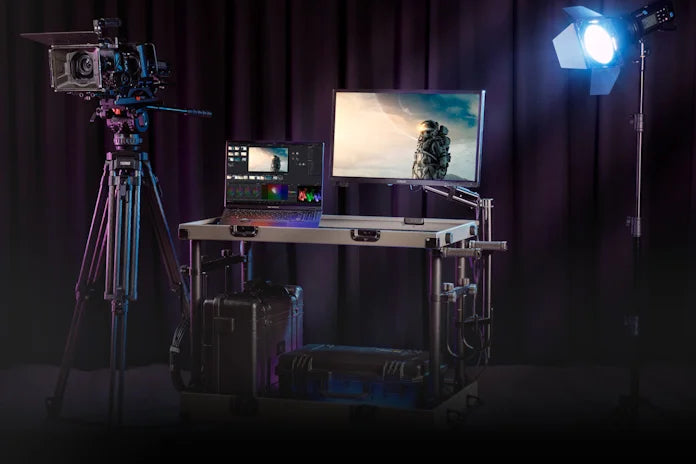
Micro OLED displays, leveraging silicon-based OLEDoS technology on compact CMOS backplanes, deliver ~5000 PPI density for ultra-sharp visuals, ideal for AR/VR; their HDR excels with up to 1,000,000...
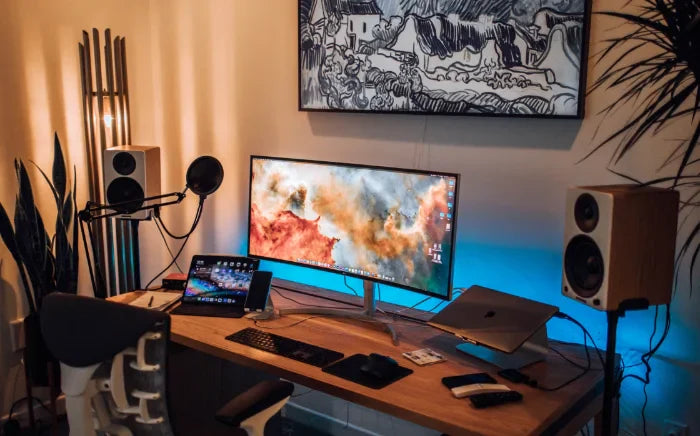
AMOLED, a subset of OLED, uses active-matrix TFTs to control pixels, enabling faster response times (<1μs) and lower power consumption (up to 30% less in phones) vs. passive OLED; its independen...


